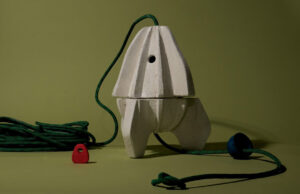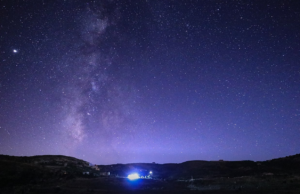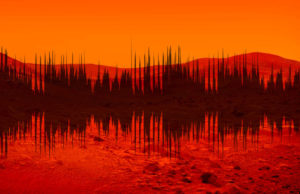A Peek Inside A Geological Lab

Geological labs are fascinating spaces where the Earth’s history and secrets are revealed through careful examination of rock, soil, and sediment samples. Unlike their biological counterparts, geological labs are equipped with specialized tools tailored to the study of Earth’s materials and processes. Let’s delve into five essential components that you’ll commonly find in a geological lab and explore why they differ from typical biological labs.
Sample Trays
At the heart of any geological lab, you’ll often find rows of core trays neatly stacked with cylindrical rock cores. These cores are extracted from deep beneath the Earth’s surface and provide invaluable insights into its geological history. Each core represents a slice of geological time, offering geologists a window into past environments, climate changes, and geological events.
Unlike biological samples that may degrade over time, rock cores can endure for millions of years, making them invaluable archives of Earth’s evolution.
Hammers And Drills
In the geological arsenal, you’ll find an array of hammers and specialized drills designed to extract rock and soil cores efficiently. These tools allow geologists to access materials from various depths, ranging from surface outcrops to deep boreholes.
Hammers are used to break apart rock formations and collect samples for closer examination. Rock and soil coring drills, on the other hand, enable precise extraction of cylindrical cores, preserving the stratigraphic sequence and geological context.
Microscopes
This may be the only recognizable lab instrument in a geological lab. While microscopes are commonly associated with biological labs, they also play a crucial role in geological research. In a geological lab, microscopes are used to examine thin sections of rock and mineral samples at a microscopic scale.
By studying thin sections under a microscope, geologists can identify minerals, assess their spatial relationships, and interpret the conditions under which rocks formed.
Maps
Maps are indispensable tools for geologists. They are navigational aids and repositories of geological information.
In a geological lab, you’ll often find maps depicting various aspects of the Earth’s surface, including topography, geology, and mineral resources. These maps are essential for planning field expeditions, interpreting geological features, and locating sampling sites.
Geological maps, in particular, provide a visual representation of the distribution of rock units, faults, folds, and other geological features. So, you may not expect the kind of maps you use for navigating your way from A to B on the road! Maps help correlate observations from different locations, reconstruct past environments, and understand the geological history of a region.
Sediment Coring Devices
Sediments hold a wealth of information about past climates, environmental conditions, and geological events. In a geological lab, sediment coring devices are used to retrieve cores from lakes, oceans, and other sedimentary environments. These cores contain layers of sediment that accumulate over time, recording changes in sedimentation rates, fossil assemblages, and geochemical signatures.
The equipment is similar to rock and soil drills, but it is designed to work in water and retrieve the core safely despite the environment. These devices enable geologists to access undisturbed sediment sequences, allowing for precise dating, stratigraphic analysis, and paleoenvironmental reconstructions.
In conclusion, geological labs are not your typical labs. They are hubs of discovery where scientists unravel the secrets of our planet’s past, present, and future. They contain specialised tools and techniques that are unique to geologists, but also equipment that you may know from bio labs. While geological labs may differ from typical biological labs in their focus and instrumentation, they share a common goal: to expand our understanding of the natural world and the processes that shape it.













 © 2024
© 2024
0 comments